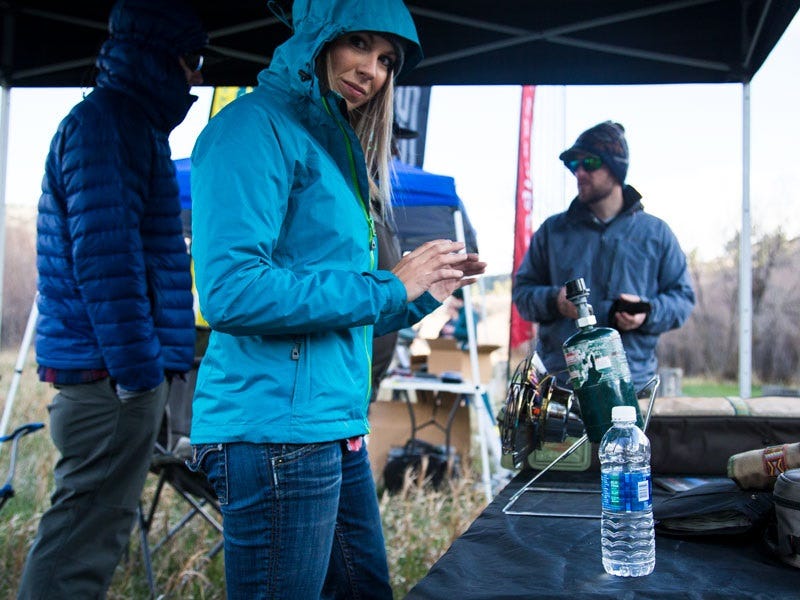Spey Tips Video Series #4: Targeting Giants With Paula Shearer


When most anglers begin fishing, they just want to catch a fish—any fish, any size. As they progress, however, and begin to find success, all of a sudden they want to catch lots of fish. After catching lots of fish, naturally, they want to catch bigger fish. And then, finally, they are said to achieve a Zen-like state where simply being on the water makes them happy, regardless of the outcome.
I’m always happy to spend any day on the water, but I’m not going to lie. I’m especially happy when I’m catching lots of big fish, especially a Trucha Grande. The endorphins released when a super grande lands in the net always puts me in a happy, meditative state.
So, why do some anglers seem to catch more big fish than others, you might ask? Do they just want it more than the rest of us? The answer is pretty simple; they fish water where the big fish live. That seems pretty elementary, right? But how do you identify where the big fish are going to be? First, you fish a lot, which is exactly what Paula Shearer does. And in her time on the water she has discovered a locational pattern for large trout that holds true wherever they swim. The key to it all is vertical hydraulics.
What is a vertical hydraulic? Imagine an eddy tilted toward the sky. Instead of circling horizontally to the main flow, a vertical hydraulic circulates from the bottom to top. As water moves over a shallow flat and plunges quickly into a deeper bucket or over a ledge or shelf, there is a turbulent recirculation. A vertically turning eddy, so to speak.
Big fish sit comfortably in these recirculation zones. They station where the water provides a conveyor belt of nutrients and they can hold either above or below the fastest flow with very little effort. Due to turbidity in that churning water, they are also obscured from easy observation and feel safe in their lie. Once you figure out these locations, you will find big fish lurking in them time and time again.
The best way to get good at determining where the big fish lie is to pay attention to where you find them on your home waters. Once you dial these places in, you will have a pattern to follow when you fish other waters. If after years of practice you get really good at catching lots of big fish—like Shearer—you may eventually progress to simply being happy with any given day on the water, regardless of the outcome. Until that time, give Shearer’s advice a try.
—Intro by Fred Telleen
